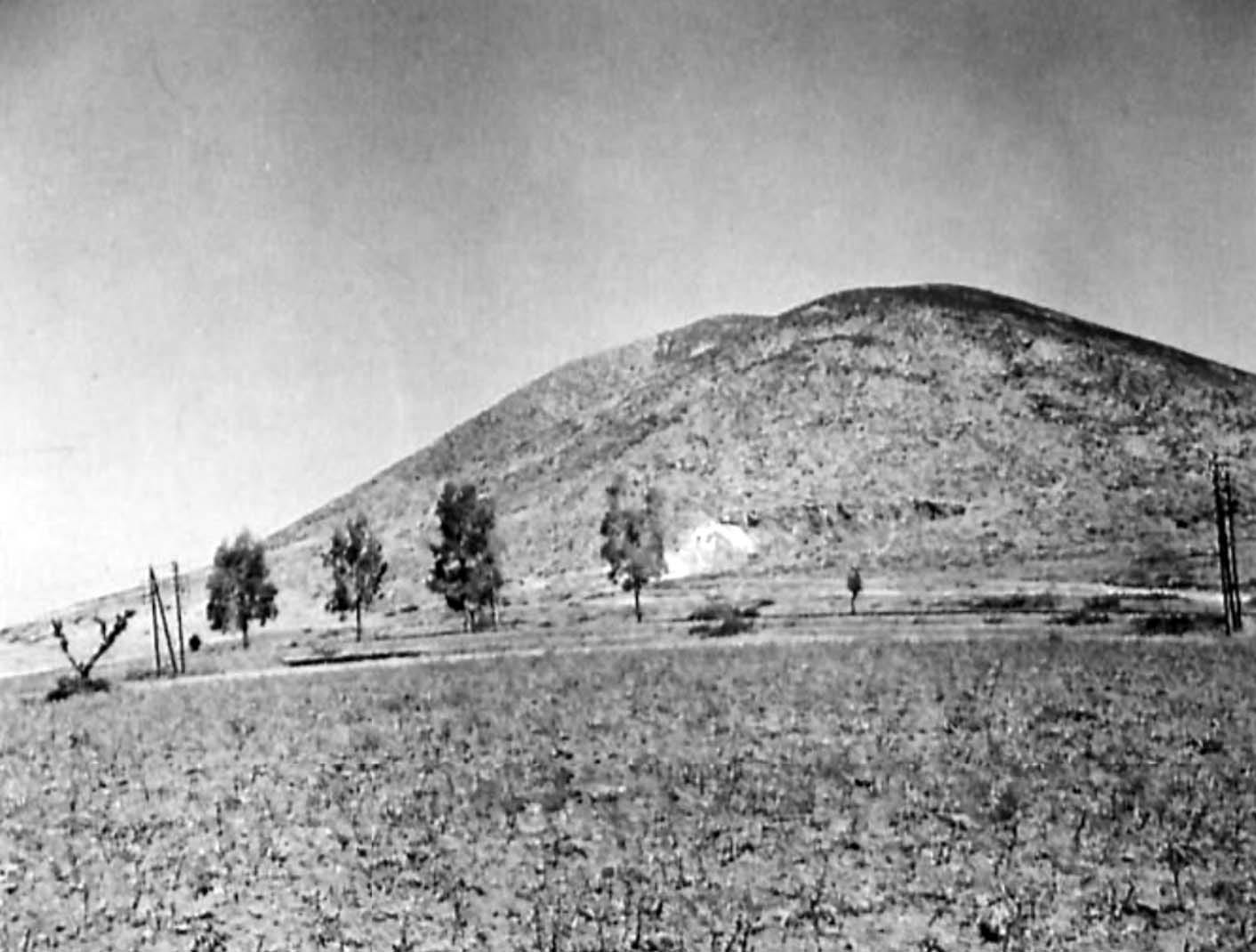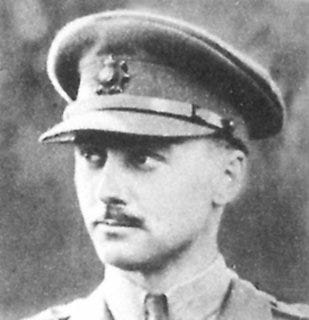German resistance stiffens in Tunisia
3rd December 1942: The Hampshire Regiment makes a lone stand against the first German counterattack - “they suffered heavily but fought magnificently”


After the Operation Torch landings in French North Africa, the French military leadership grudgingly came to terms with the Allies. The 'race to Tunis', the Tunisian capital in the west, then began. Taking Tunis would mean the complete end for the Germans in all of North Africa.
At the end of November, the Allies were on the point of launching a significant attack on Tunis, combined with a parachute landing assault. But this initial advance came to a grinding halt in early December - as Hitler’s rapid military build-up suddenly made itself felt.

For a period, the Luftwaffe dive bombers had complete freedom to support the panzer and infantry counterattack. The Allied air force was still out of range, their forward airbases not operating due to thick mud.
The 10th Panzer Division, veterans of the Eastern Front, were among the units that arrived from France. This included the 501 Battalion with the first four Tiger tanks to see action in the west - in the battle for Tebourba.
The war in Tunisia now began in earnest:
Tunisia.
Casualties in the fighting between the 1st and 3rd were heavy on both sides. By the 5th the British column in Tebourba had been forced to withdraw and was regrouping on the heights overlooking the town.
The 2nd Battalion, the Hampshire Regiment, had arrived in Algiers on the 21st November and went into the front line on the 29th, occupying the important ‘Tebourba Gap’.



The Allies, surprised by the strength of the German counterattack, ordered a withdrawal on the 2nd December, but the orders failed to reach the Hampshires. They found themselves making a lone stand against several waves of German attacks. Their battle began on the 30th November - when they came under heavy shelling and mortar fire - and continued through to the 3rd December. In the words of Lieutenant General Anderson, “they suffered heavily but fought magnificently”.
Finally when the remainder of his party were all killed or wounded, he went forward alone with a pistol and some grenades to attack enemy machine guns at close quarters and from this action did not return. From reports received from wounded men, this officer died of wounds.

Amongst those involved was Herbert Wallace Le Patourel. The 26-year-old from Guernsey was a Major in the Hampshire Regiment when he earned a posthumous Victoria Cross:
For conspicuous gallantry in action in the TEBOURBA area on the 3rd December, 1942.
On the afternoon of the 3rd December, 1942, the enemy had occupied an important high feature on the left of the Company commanded by this officer. Counter-attacks by a Company of another Battalion and detachments of Major Le Patourel's Company had been unable to regain the position.This officer then personally led four volunteers under very heavy fire to the top in a last attempt to dislodge several enemy machine guns. The party was heavily engaged by machine gun fire and Major Le Patourel rallied his men several times and engaged the enemy, silencing several machine gun posts.
Finally when the remainder of his party were all killed or wounded, he went forward alone with a pistol and some grenades to attack enemy machine guns at close quarters and from this action did not return. From reports received from wounded men, this officer died of wounds.
Major Le Patourel's most gallant conduct and self sacrifice, his brilliant leadership and tenacious devotion to duty in the face of a determined enemy were beyond praise.
In fact, although he suffered grievous wounds, Le Patourel survived and was taken prisoner. He was later repatriated because of his injuries but returned to active service and eventually retired as Brigadier.




